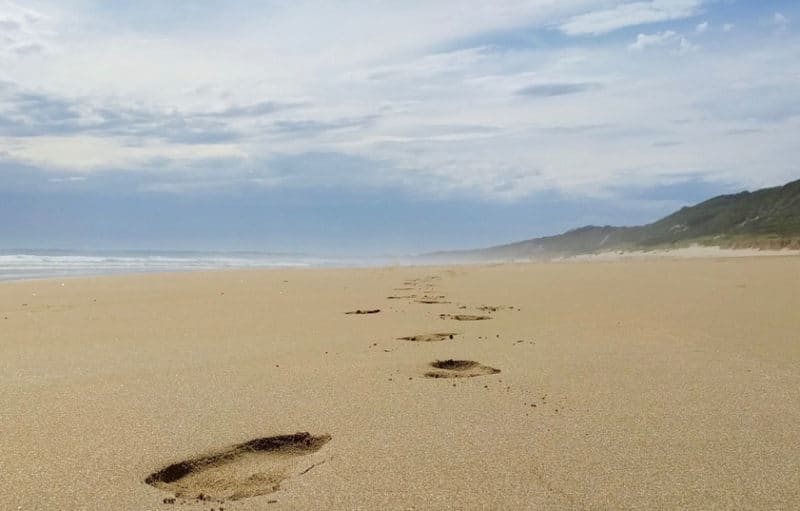In a big nature conservation win, the Andrews Government announced in early 2017 that the Anglesea Heathlands would soon be included in the Great Otway National Park.
This is the remarkable result of a very long campaign by VNPA, the Geelong Environment Council and other local groups.
The future of the heathlands became more positive with the August 2015 closure of Alcoa’s Anglesea coalmine and power station. Alcoa had been leasing the heathlands since the 1960s, but in early 2017 they surrendered most of the leased area. This does not include the mine pit, which occupies around 10% of the former leased area and is to be rehabilitated by Alcoa over the next decade.
The Anglesea Heathlands will make a wonderful addition to the Great Otway National Park because they are:
- listed on the Register of the National Estate for their biodiversity value, both in terms of their highly diverse flora and abundance of native wildlife
- one of the few remnants of natural vegetation in south-western Victoria to have escaped farming and urbanisation
- different from any other Australian heathland and the richest and most diverse vegetation community recorded in Victoria
- blessed with a remarkable number of plant species in a relatively small area: more than 700 species or about one quarter of the total Victorian flora
- known for their significant flora, including eight species rare or threatened at the national level, and 20 rare or threatened at the state level. Two species, the Anglesea grevillea and the Anglesea slender sun orchid are only found there
- contain more than 100 orchid species, including the tiny helmet orchid and great sun orchid, making it one of the most orchid-rich sites in Australia
- host more than 100 species of native birds, including the powerful owl and rufous bristlebird, and 29 mammal species, including the critically endangered new holland mouse and rare species such as the swamp antechinus and white-footed dunnart.
